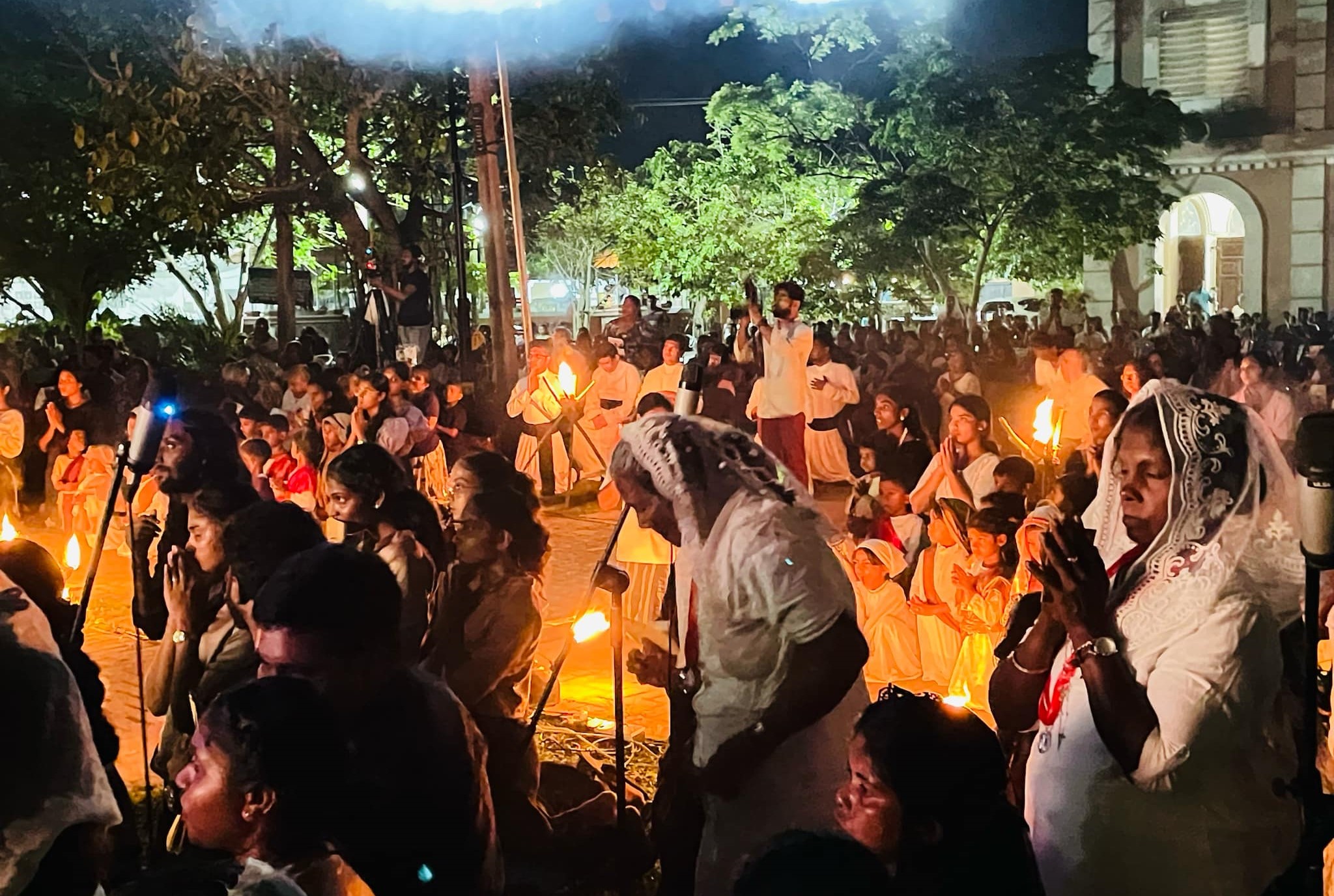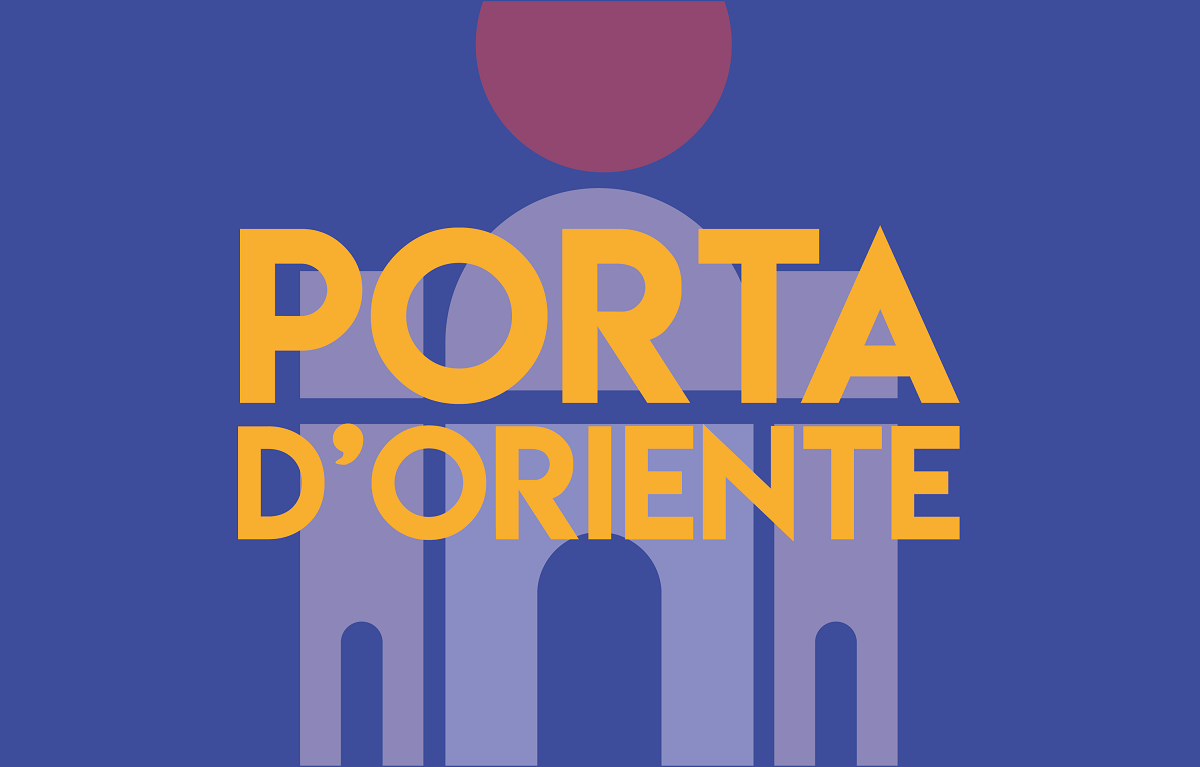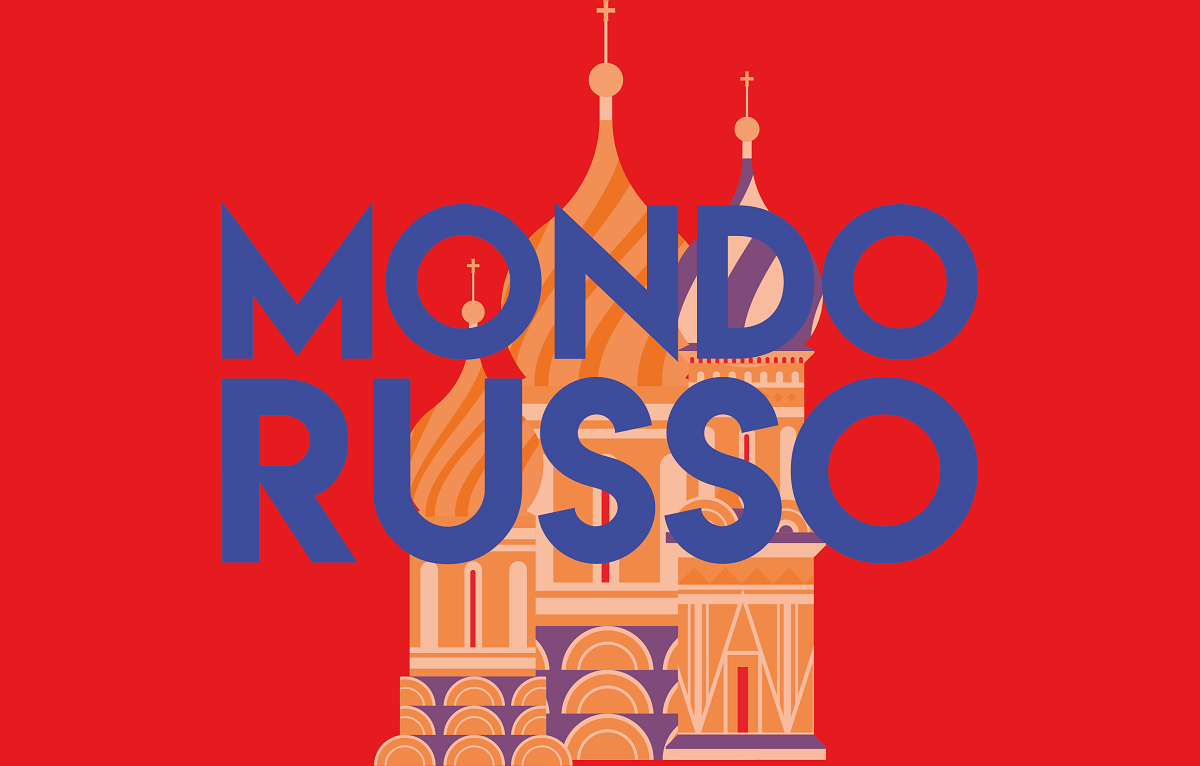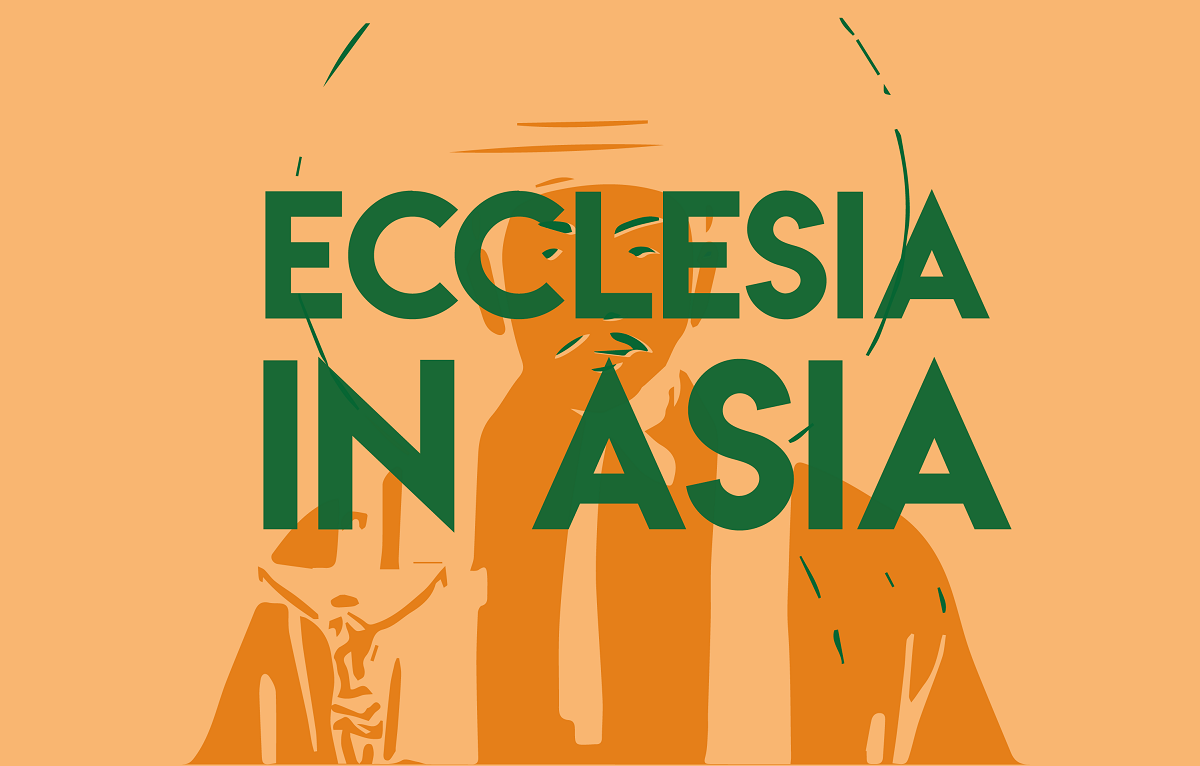Good Friday: the faces of the cross in the Churches of Asia
In Malaysia, the "journey of the Cross" has begun, set to end next year at the Pastoral Convention. In Negombo, young people and children put on a play centred on the Lamentations with local traditions and customs. Tens of thousands take part in a pilgrimage in Zamboanga to remember the sufferings of Jesus. In Labuan Bajo, the bishop brought the Way of the Cross among inmates.
Manila (AsiaNews) – From the “journey of the Cross” to the votive pilgrimage that retraces the last hours of Jesus' earthly life, the Churches of Asia and millions of Christians across the continent celebrate Good Friday today in an atmosphere of devotion and participation.
In Malaysia, the local Catholic Church has launched the "Perjalanan Salib", a journey of the Cross that is also part of the initiatives promoted by the country’s bishops in preparation for the Malaysian Pastoral Convention, the first (historic) gathering in 2026 of the country’s nine dioceses.
The project was launched on 3 April, the fourth day of the week-long Malaysian Youth Days (MCYD) promoted by the Archdiocese of Kota Kinabalu. On this occasion, nine crosses ("salib") were blessed during the Mass, and then given to the representative of the nine dioceses.
Each cross incorporates a hibiscus, the national flower and symbol of Christ's victory over the world. Starting this month and for the next 18, the crosses will visit different parishes and institutions in each diocese.
In illustrating the initiative, Catholic leaders emphasised the importance of accompaniment at the grassroots level and the value of listening and paying attention to communities, even the smallest and often neglected.
“The salib does not retain itself at a fixed point, but it journeys to the faithful, especially in the peripheries,” the bishops said in a statement.
The journey through the dioceses will have as its last stop next year's Pastoral Convention, in which the nine crosses will be merged to create a single cross.
In Sri Lanka, Catholics undertook an initiative in Negombo, Western Province, called "Pasam and Lathoni" (focused on Lamentations) aimed in particular at young people and children. The goal is to make them understand the meaning of the events celebrated at Easter, as evinced by the title, "In front of Golgotha", which refers to the place where Jesus was crucified.
The suffering, death and resurrection of Christ are at the heart of the Christian faith; the suffering and death of Jesus is illustrated in folk songs (Pasam), while the expression of the Mother of God's pain and resilience in the face of her son’s suffering is called Lathoni, a deep cry.
Due to its large Christian population, Negombo is known as Sri Lanka’s “Little Rome”, and is famous for its artistic heritage, which includes a choir, passion plays, along with the Nurthi and the Nadagam (traditional musical theatre).
Christ’s Passion is reproduced on a large sheet of paper, translated into words, and sung in such a way that not only devout Christians but others as well, from different faiths, can hear and understand it.
In Zamboanga, in the Philippines, more than 65,000 people climbed Abong-Abong Hill between Wednesday and Good Friday, retracing the stations on the Via Crucis in one of the most deeply rooted traditions of Holy Week in the country.
The community event attracts thousands of people to Mount Pulumbato and brings together families, neighbours and tourists. For many locals, it is an annual event passed down from generation to generation, while pilgrims walk barefoot and carry wooden crosses in a ritual of prayer, penance, and remembrance of Christ's suffering.
This year it kicked off at Abong-Abong Park in Pasonanca, with 14 life-size stations for Christ's walk to Calvary. Pilgrims often start before dawn, carrying wooden crosses, candles, and rosaries. The uphill section is seen as both a physical and spiritual undertaking. At each station, prayers are recited, often led by lay ministers or local clergy.
“The Way of the Cross reminds us of the suffering that Jesus endured out of love for us – for all of humanity. It reminds us of God’s deep sacrifice, encouraging gratitude and a deeper relationship with Him,” said Father Butch Candido, parish priest of the Parroqia de la Sagrada Familia, Familia. “Sacrifice is part of our day-to-day living, and therefore we need to face it with hope,” he added.
Finally, in Indonesia, Bishop Maksimus Regus of Labuan Bajo celebrated the Way of the Cross with inmates at a police station in West Manggarai Regency, East Nusa Tenggara (NTT) province.
The visit took place on Monday and is part of the diocese’s initiatives for Holy Week, which has a particular meaning for the prelate because it embodies the Church reaching out to vulnerable communities in need of spiritual support.
In his address, the prelate, accompanied on this occasion by some priests, expressed his gratitude for the warm welcome of the chief of police and the entire extended family of the West Manggara police force.
He also noted that the visit is part of the Church's social and pastoral service to fellow citizens who are going through hard times in prison.
“We are happy,” he explained, “to be able to meet and visit our brothers and sisters here. We hope that this visit will strengthen all of us and become the beginning of a service to the community by priests and nuns.”
(Melani Manel Perera contributed to this article)
25/03/2005







.png)










